Lesser house fly
Fannia canicularis
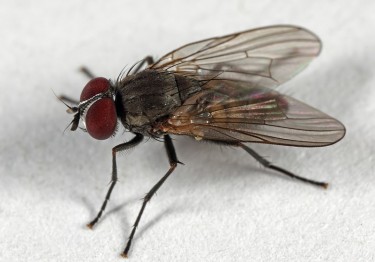
These nonbiting flies can become nuisances when males form mating swarms in a dense population and when they are present inside inhabited buildings.
Lesser house fly
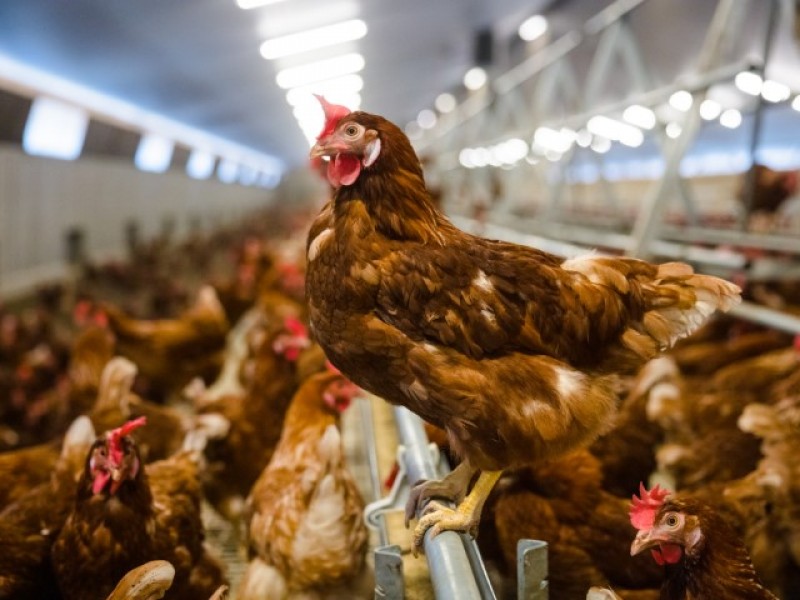
Life cycle
Female flies lay eggs in moist organic substrates (especially poultry feces), and the eggs are usually side by side during deposition. Under 26-27°C, eggs hatch within two days. 8 to 10 days are required for larva to develop fully and the pupa stage lasts around 8-12 days. The adults emerge during daylight hours and the average life span is 14 days for males and more than 24 days for females in lab conditions. Adult females are ready to mate 3-4 days after emergence and males usually hover in swarms to attract females. All life stages except eggs are found during winter months. When the temperature in winter is mild, lesser house flies will overwinter as larvae or pupae and they become active when temperatures increase in spring and early summer.
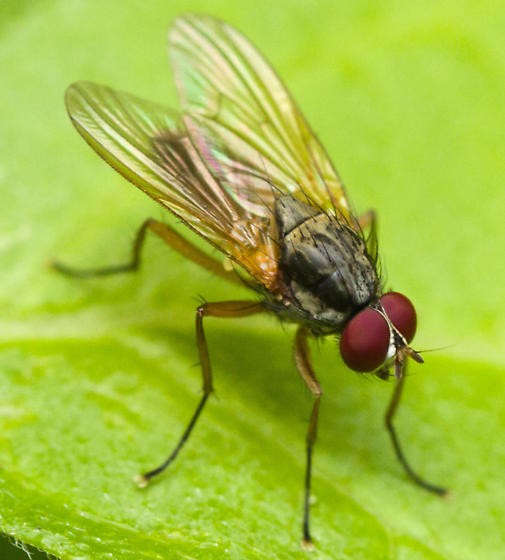
Identification
Adult: The males eyes are larger and nearly touching at the apex of the head while females eyes are smaller and widely separated. Lesser house flies differ from the house fly mainly by the following characters: (1) it is smaller in size, typically ~2/3 the body length (4–7 mm) of the house fly ; (2) there are only three brownish-black thoracic stripes which is more prominent on females (Fig.1); (3) the fourth longitudinal wing vein is straight and (4) abdomen is a dull black colour, male has yellow buff patches on the basal-lateral aspects and only on basal aspects of female (Fig.2).
Pupa: closely resembles third instar larvae with the outer layer hardened and darken (Fig.3).
Larva: from translucent white (1st and 2nd instar, 1.5-3mm) to light-brownish colour (3rd instar, 6-7mm). The spinous processes along the sides and top of the body are the most striking characters of the lesser house fly (Fig.3).
Egg: about 0.9mm, elongate, translucent white, and have two dorsal wing-like longitudinal flanges.
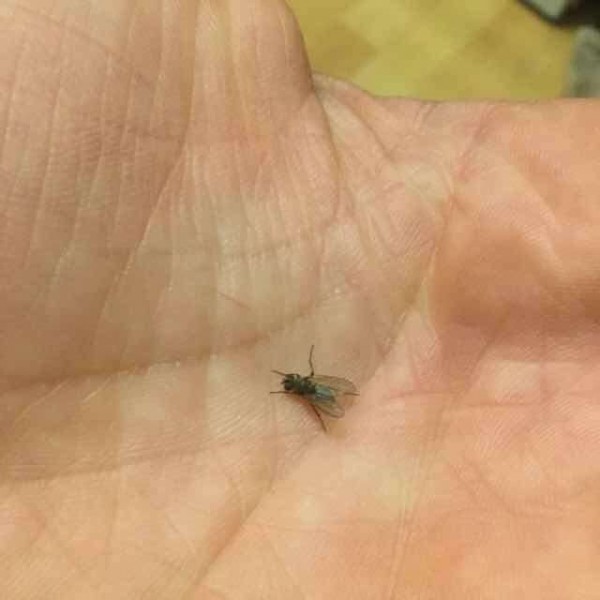
Natural habitat and behavior
Lesser house flies are often found resting on tree trunks or branches, weeds, or on the walls and ceilings of farm buildings. Larvae develop in poultry feces and other feces, garbage depots, wheelie bins, and other places where food waste is stored.
Flight is often kept for long periods of time for male flies and they are frequently observed within buildings flying aimlessly, or in shaded areas outside hovering in swarms in large numbers. Females fly for much shorter periods of time. Lesser house flies prefer cool temperatures and they tend to disappear in areas where high summer temperatures prevail.
Nuisance/ economical damage
These nonbiting flies often occur at head height and fly in tight circles, therefore, can be particularly annoying and distracting. Lesser house flies are also potential vectors for diseases and pathogens, including virulent Newcastle disease virus, and Aleutian mink disease virus and are intermediate hosts of mammalian eyeworms. As a result, they can be a serious pest in fur mink production and can be related to the cases of intestinal, aural, and urinary myiasis of people.
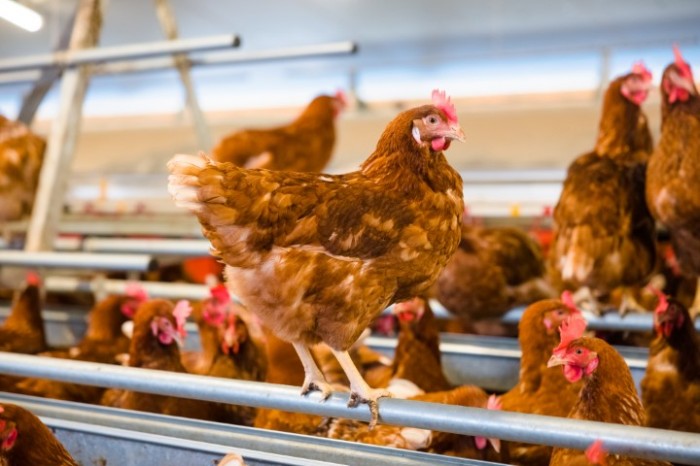
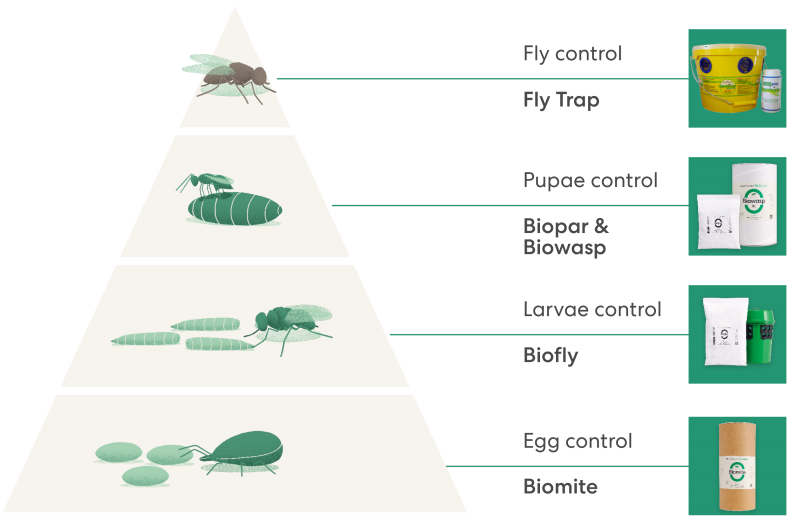
Get in touch
A successful approach to biological fly control isbased on strategically planned releases.
Pleasecontact us to discuss the possibilities.

